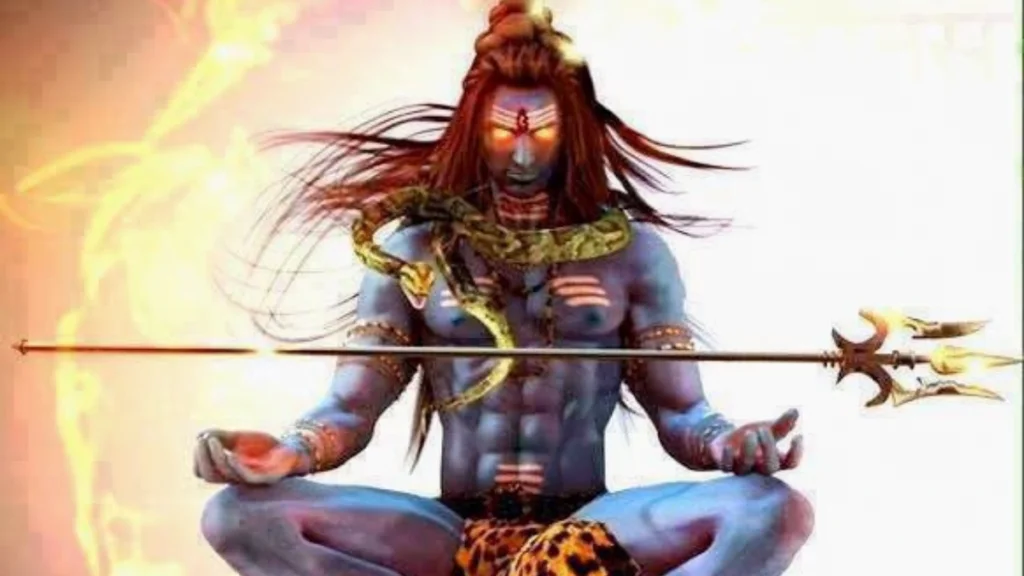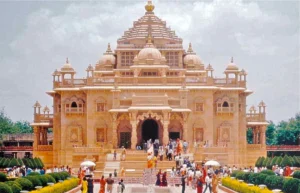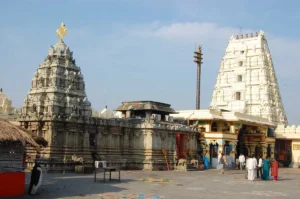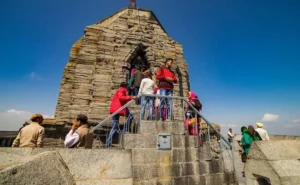Lord Shiva is regard as the most exceptional of the Hindu pantheon’s supreme deities. Shiva is often referr to as the “destroyer,” but in reality, it is he who destroys the adulterations that have taken up residence in the human mind. He purges a body of its impurities and transforms it into something worthy of achieving moksha. Since the ‘new’ wouldn’t be able to exist if the ‘old’ didn’t die, it is he who is accountable for obliteration. Humanity has been favor with multiple incarnations of Lord Shiva, rever as Bholenath, Mahadev, and Shankar. Together, let’s study more about Lord Shiva’s avatars.
The Concept of Hindu Spirits
The term “Avatar” carries the meaning of descending, manifesting, or being born. In Hinduism, it refers to the incarnation of God, signifying the belief that God takes on a human or other forms when the virtuous and innocent people on Earth face severe suffering from evil forces. God descends to protect the innocent, eradicate evil, and restore righteousness or dharma. Avatars of God, such as those of Lord Shiva, are believ to be born on Earth to fulfill a noble mission before returning to their heavenly realm.
It’s important to note that the primary deities like Brahma, Vishnu, Shiva, or Shakti are not consider Avatars. While some scriptures may refer to them as Gunnavatars, representing different qualities, they are generally regard as timeless gods not subject to the cycle of birth. Interestingly, the concept of Avatars is not mention in the earliest spiritual texts, the 4 Vedas. Instead, it was introduced later in the narrative folklores of Itihas and Puranas.
The idea of Gods descending to Earth in the form of human beings or other creatures, known as Avatars, is elaborated in the Bhagavad Gita, a crucial part of the Mahabharata Itihas.
19 Avatars of Lord Shiva
To maintain the balance and order of nature, Lord Shiva is believed to have manifested in various forms known as avatars across different cosmic ages or Yugas. While the Kurma Purana mentions 28 avatars of Lord Shiva, the Shiva Purana specifically highlights 19 significant avatars. These incarnations are considered essential in upholding the cosmic law and harmony. Each avatar of Lord Shiva is believed to serve a unique purpose in preserving the integrity of the universe, and their stories are narrated in the Shiva Purana. These tales not only showcase the divine power of Lord Shiva but also convey important lessons and messages about righteousness and cosmic order.
1. Piplaad Avatar

Lord Shiva was born as Piplaad to Rishi Dadhichi and his wife Swarcha. Unfortunately, the couple lost their lives due to the unfavorable position of the planet Shani at the time of Piplaad’s birth. In retaliation, Piplaad sought revenge on Shani, leading to the planet’s expulsion from its celestial abode. However, after intervention from the Devas, Piplaad eventually forgave Shani, but with the condition that the planet would not cause harm to anyone before turning 16 years old. Therefore, venerating the Piplaad avatar of Lord Shiva is believed to alleviate the negative effects of Shani dosha.
2. Nandi Avatar
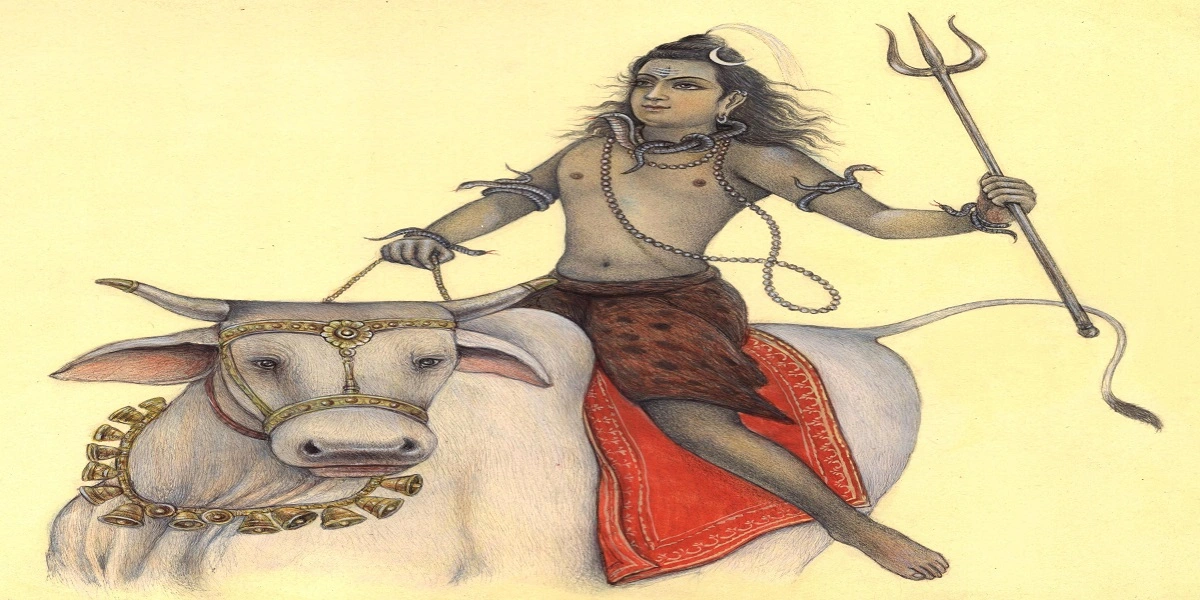
In this particular manifestation, Lord Shiva took birth in the dwelling of Sage Shilada. The sage underwent rigorous penance to make himself deserving of Lord Shiva’s blessings. He fervently prayed to the Lord, seeking a child who would possess eternal life. The boon was granted, and the child born from this divine blessing was named Nandi. Nandi was subsequently appointed as the gatekeeper of Lord Shiva’s celestial abode, Kailasha, and also bestowed with the honor of being the Lord’s divine mount.
3. Veerbhadra Avatar

One of the 19 Avatars of Lord Shiva, Veerabhadra came on Earth right after Goddess Sati sacrificed herself at the Daksha yagna. Lord Shiva ended up being very angry. He culled a hair strand from his head and tossed it on the ground. Veerbhadra and Rudrakali were conceived from that particular hair strand. This furious Lord Shiva Avatar is said to have broken the conciliatory vessels, offended the priests, and lastly beheaded Daksha, stomped all over Indra, broke Yama’s staff, dissipated the divine beings on all sides; before retreating to his heavenly abode, Mount Kailasha
4. Sharabha Avatar

The Shiva Purana, Lord Shiva assumed a unique form known as Sarabeshwara or Sharabeshwaramurti to subdue Narasimha, the formidable man-lion avatar of Lord Vishnu. Narasimha had vanquished the demon Hiranyakashipu, and to counterbalance the intense power of this lion-faced entity, Lord Shiva manifested in a distinctive avatar.
Lord Shiva displayed a combination of bird and lion features, featuring many arms and four legs. His countenance bore the visage of a lion, with tusks and intense red eyes, creating a fearsome appearance. Adorned with various divine attributes such as a conch, sword, discus, arrow, agni (fire), mace, plough, and lotus flower, among others, Lord Shiva, in the form of Sarabeshwara, symbolized a unique and powerful aspect of divinity. The purpose of this avatar was to restore cosmic balance by subduing the aftermath of Narasimha’s triumph over the demon.
5. Ashwatthama

the intense penance and unwavering devotion of Guru Dronacharya, Lord Shiva chose to be born as Ashwatthama. This remarkable hero played a significant role in the epic Mahabharata. Born as the grandson of Bhardwaja, Ashwatthama was initially raised as a Brahman but felt a strong inclination towards the warrior path of a Kshatriya.
Ashwatthama was distinguished by a gem or mani on his forehead, conferring upon him divine powers. His martial skills were unparalleled, having mastered the use of every weapon known. According to popular belief, he incurred a curse from Lord Krishna, condemning him to immortality and eternal suffering.
In essence, Ashwatthama’s character embodies the complex interplay of divine birth, warrior prowess, and the fateful consequences of divine curses, making him a compelling figure in the Mahabharata narrative.
6. Bhairava Avatar
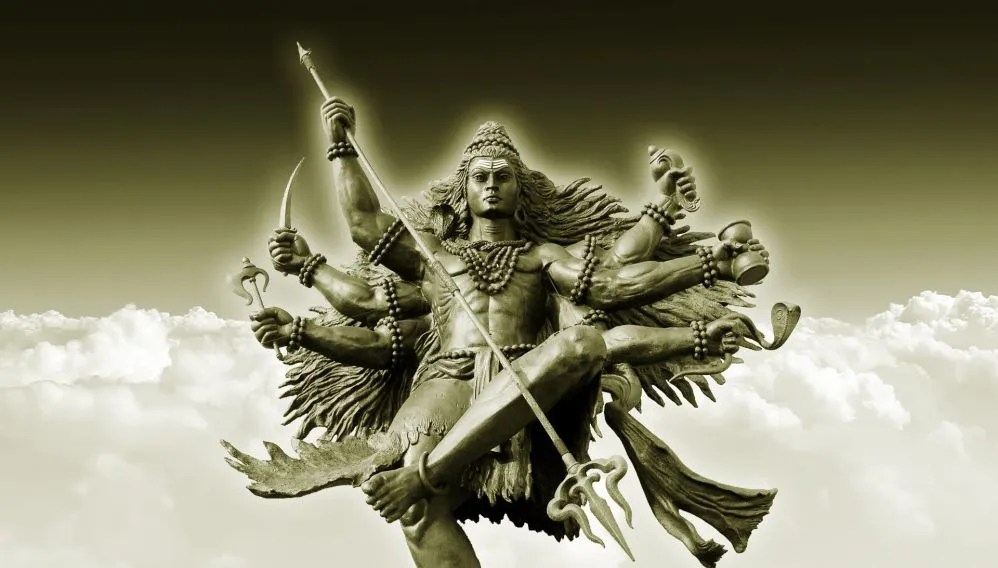
One of the fiercest of the 19 avatars of Lord Shiva, the Bhairava avatar came into existence when Lord Brahma lied with regards to his mission for superiority, Lord Shiva Avatar of Bhirava beheaded Lord Brahma’s fifth head. Brahma Hatya was a serious offense and the Bhairava Avatar of Lord Shiva had committed it, and consequently, Shiva had to carry the skull of Brahma and wander as a Bhikshatana for 12 years. In this avatar, Lord Shiva punishes those who commit sins of arrogance, greed, and lust.
7. Durvasa Avatar

Lord Shiva chose to be born as the Lord Shiva Avatar of Durvasa to Sage Atri and his wife, Anasuya. This avatar of Lord Shiva came on earth to ensure proper discipline in the universe. Durvasa was a sage known for commanding huge respect both from human beings and devas. He was known for his short temper and only consum the Durva herb.
8. Grihapati Avatar

This Lord Shiva Avatar was brought to this world by the devot admirer of Lord Shiva, Shuchismati. This avatar of Lord Shiva was knowledgeable in each and every one of the Vedas yet was curs to have a short lifespan because of planetary positions. His excursion to Kashi was disturb by Indra however Lord Shiva came to his safeguard and favor Grihapati by saying “even Kaalvajra would not have the option to kill you.” Grihapati turn out to be extremely satisfi. The Shivalinga which he rever, later on, became renown as ‘Agnishwar linga’. Grihapati was appoint as the Lord of all directions by Lord Shiva.
9. Lord Hanuman

Lord Shiva was captivat by the enchanting presence of Lord Vishnu in his Mohini avatar during the churning of the ocean, known as Samudra Manthan. The potent energy releas during this celestial event was collect by the Saptarishis and place in the womb of Mata Anjani with the approval of Lord Shiva. Thus, the conception of one of the most formidable among the 19 avatars of Lord Shiva, Lord Hanuman, took place. Born to Mata Anjani and Kesari, this incarnation played a pivotal role in the epic Ramayana.
In the narrative of Ramayana, Lord Hanuman emerged as a key figure, aiding Lord Ram in his quest to rescue Mata Sita by defeating the formidable Lanka king, Ravana. Renown for his unwavering devotion to Lord Ram, Hanuman is consider immortal due to a divine boon bestow upon him by his Lord.
10. Vrishabha Avatar
![]()
The Samudra Manthan, Lord Vishnu cunningly deceived the asuras by creating an illusion of enchanting beauties. The asuras, captivated by these illusions, forcefully took them to their abode in Patal Lok. Later, when the divine beings sought to reclaim the Nectar taken by the asuras, Lord Vishnu descended to Patal Loka to confront them. However, in the midst of the ensuing battle, Vishnu fell victim to Maya once again and unwittingly fathered numerous malevolent offspring in Patal Lok. These offspring caused chaos for the Gods.
In response, Lord Shiva took on the avatar of Vrishabha, a bull, and eliminated all the wicked children of Lord Vishnu. Initially unaware of the divine identity of the bull avatar, Lord Vishnu confronted it in battle. Upon recognizing that it was a manifestation of Lord Shiva, Vishnu withdrew from the conflict and returned to his celestial abode.
11. Yatinath Avatar
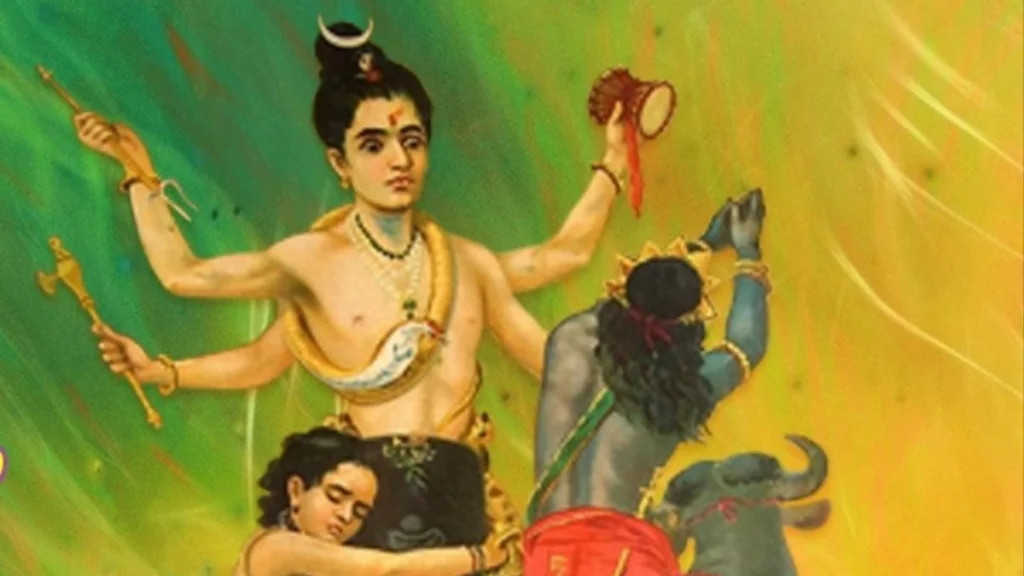
The Lord Shiva Avatar, Yatinath visited a tribal man, Aahuk, and his significant other who were vigorous aficionados of Lord Shiva. Their humble home couldn’t oblige the Avatar of Lord Shiva disguised as a visitor, so Aahuk chose to rest outside. Sadly, he was kill by a wild creature in his sleep. His wife chose to end her own life but she was honor by the Lord Shiva Avatar. Yatinath, that they would be brought into the world as Nala and Damyanti in the following life.
12. Krishna Darshan Avatar

The Lord Shiva Avatar of Krishna Darshan speaks about the significance of yagna and customs in an individual’s life. Prince Nabhag who was kept from his portion of the realm by his siblings had been ask by his dad to teach. A sage to dispose of every one of his connections to effectively perform a yajna. At the point when the yagna was successfully perform, Sage Angiras satisfi was ready to give him all the abundance which was halt by Krishan Darshan Avatar of Shiva. Krishna Darshan Avatar taught Nabhag the importance of pious salvation and gave his blessings.
13. Bhikshuvarya Avatar
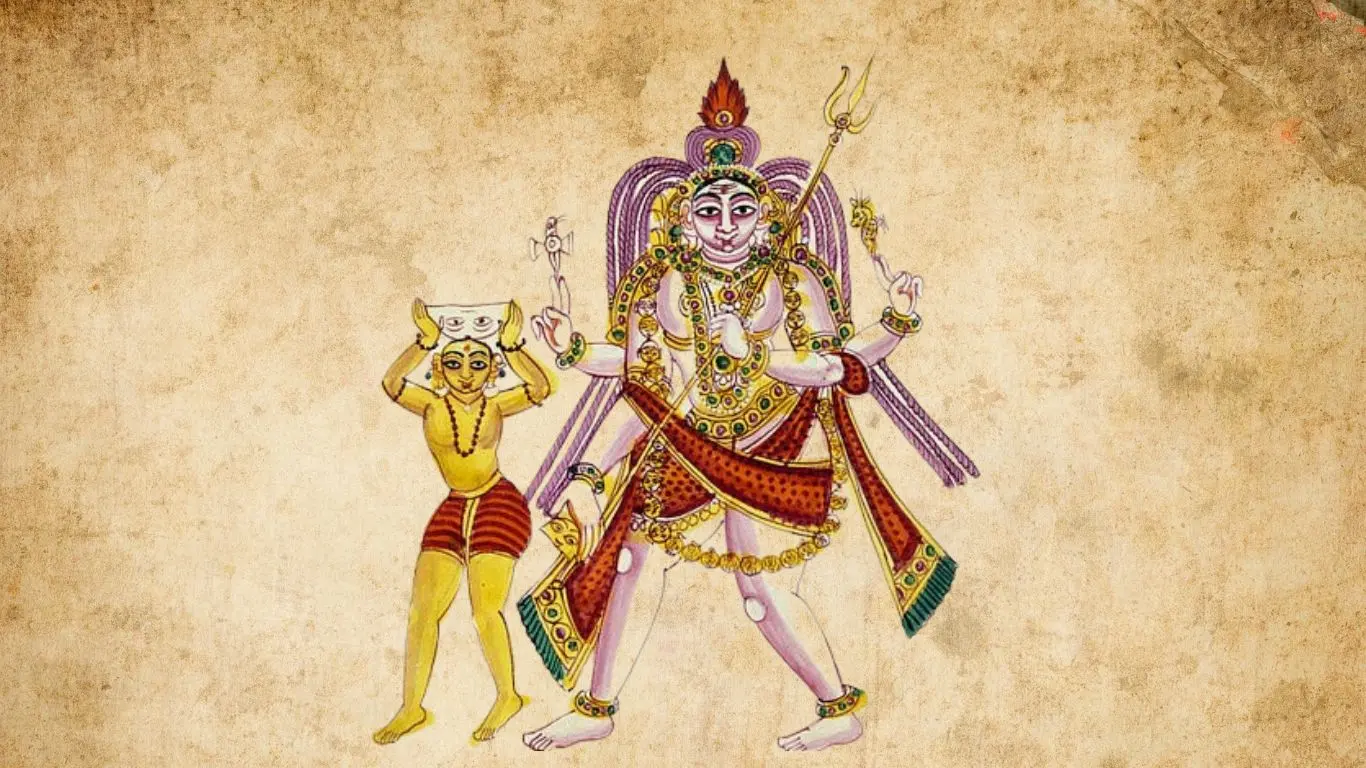
This Lord Shiva Avatar is known to keep human beings safe from all dangers of the world that might befall them. He took the form of a bhikshuk after King Sathyartha die in battle and his wife pass away by falling prey to a crocodile and their newborn was left in a forest. He saved the child and passed him on into the care of a poor woman who nurtured him until he grew up and avenged the death of his father and regained his lost kingdom.
14. Sureshwar Avatar

The son of Sage Vyaghrapaad, received a divine visit from Lord Shiva in the form of Sureshawar (disguised as Indra). Along with Goddess Parvati, who appeared as Indrani. In order to test Upamanyu’s devotion, they suggested that he abandon his penance and cease worshipping Shiva. Despite facing a severe curse for rejecting their proposal, Upamanyu remained steadfast in his dedication. Impressed by his unwavering commitment, Shiva and Parvati assured Upamanyu that they would always be present near his abode for all eternity.
15. Kirateshwar Avatar

Kirat, one of the 19 avatars of Lord Shiva, manifested on earth when Arjuna was contemplating the killing of an Asura named Mooka, who had taken the form of a pig. Arjuna’s reflection on this matter was abruptly interrupt by the sudden appearance of Lord Shiva’s avatar. Both Arjuna and Kirat struck the boar simultaneously, leading to a dispute over who had struck it first. This disagreement escalated into a battle between Arjuna and Kirat, with Arjuna eventually challenging Kirat to a duel.
IArjuna’s valor, Lord Shiva intervened and, recognizing the young champion’s courage, bestowed upon him the formidable Pashupati Astra. This encounter showcased the divine interaction between Arjuna and Lord Shiva’s avatar, highlighting the significance of Arjuna’s bravery and Lord Shiva’s divine blessings.
16. Suntantarka Avatar
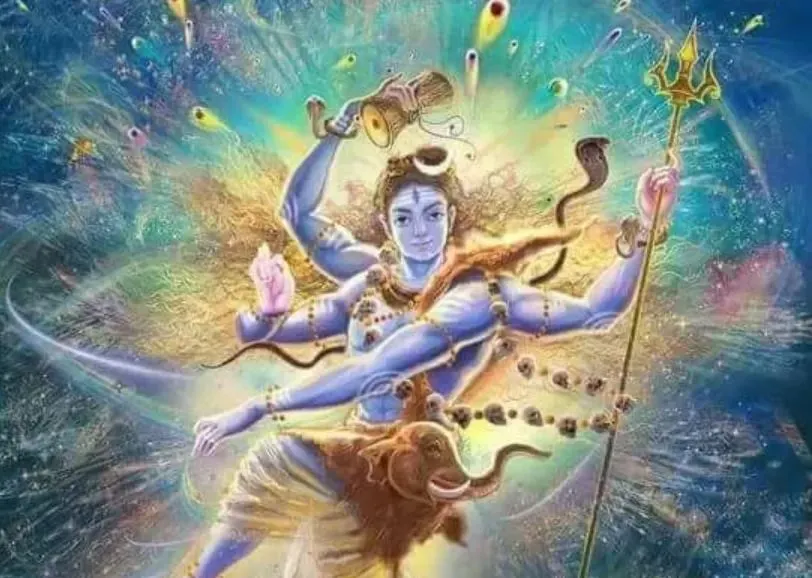
Lord Shiva sought the hand of Goddess Parvati in marriage from her revered father, King Himalaya. Disguised as a wandering dancer, Lord Shiva made his way to the royal court. Holding a damru in one hand, he mesmerized everyone with his performance. After his captivating display, Lord Shiva, in his Suntantarka Avatar, requested the reward of marrying Goddess Parvati. Recognizing the divine presence, King Himalaya agreed to Lord Shiva’s proposal. Understanding that it was none other than the Lord himself who had graced his kingdom.
17. Brahmachari Avatar
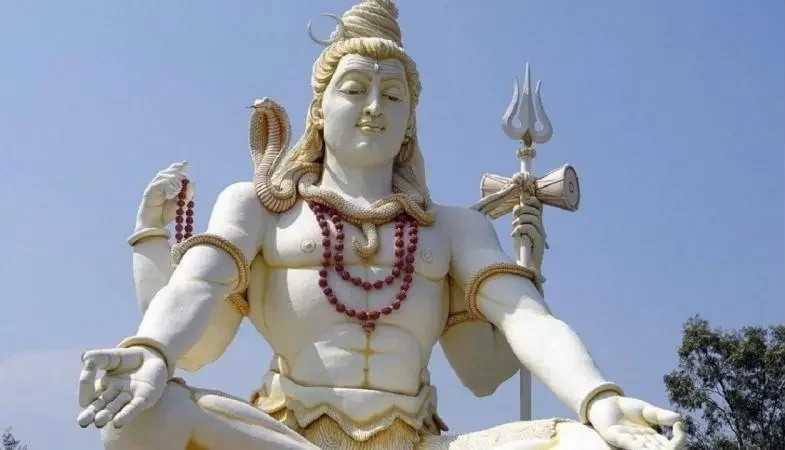
Among the 19 avatars of Lord Shiva, one particular incarnation stands out for testing the determination of Goddess Parvati to marry him. In this form, Lord Shiva appeared before her in the guise of a Brahmachari and inquired about the purpose of her penance. When Parvati expressed her desire to marry Lord Shiva. The Brahmachari began speaking disparagingly about Shiva, provoking anger in Goddess Parvati.
Observing her unwavering devotion, Lord Shiva revealed his true form to Goddess Parvati, bringing immense joy and satisfaction to her. This unique episode showcases the divine play between Lord Shiva and Goddess Parvati. Where her steadfast devotion triumphs over the tests presented by the Brahmachari form of Lord Shiva.
18. Yaksheshwar Avatar
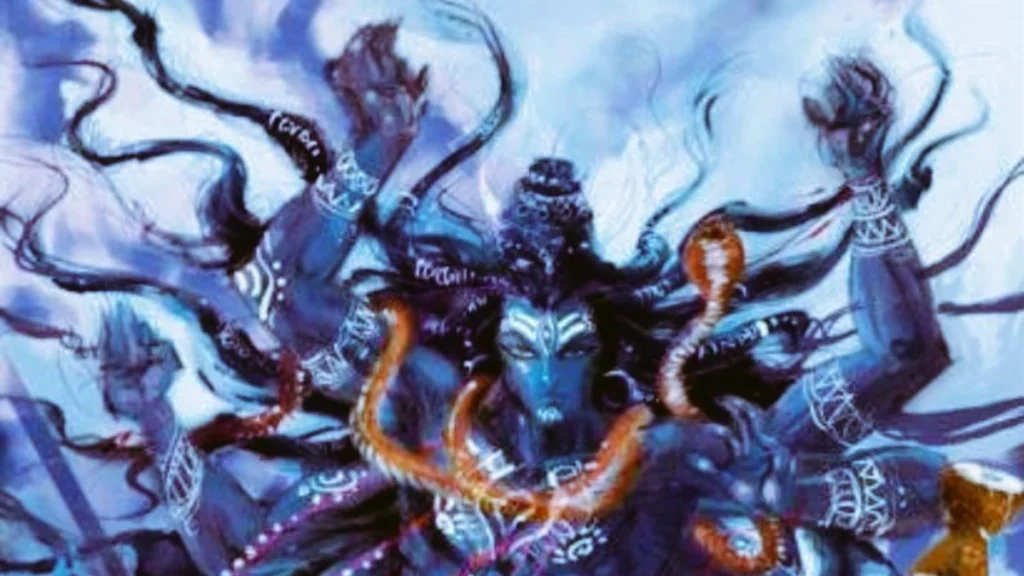
After the gods, following their triumph over the Asuras during the Samudra Manthan, became arrogant, Lord Shiva disapprov of their pride, as it was deem unfit for divine beings. In response, an incarnation of Lord Shiva presented a clump of grass before them and instructed them to cut it.
Through this divine act, Lord Shiva sought to dispel their false pride. However, none among the gods could successfully cut the grass, leading to the dissipation of their arrogance. Particular manifestation of Lord Shiva came to be known as Yaksheshwar. Symbolizing the divine intervention aimed at humbling the gods and teaching them the importance of humility.
19. Avadhut Avatar
In an effort to confront the arrogant demeanor of Lord Indra, Lord Shiva manifested a reincarnation. With the purpose of humbling the mighty deity. Taking on the guise of a sage, Lord Shiva appeared before Lord Indra while passing. By Mount Kailash along with other gods. When requested to make way, Lord Shiva, in this particular avatar, remained steadfast and unaffected.
Even as Lord Indra exerted all his strength to displace him, Lord Shiva stood resolute. It was only when Indra’s attempts proved futile that his pride crumbled. At that moment, Lord Shiva revealed his true form, serving as a profound lesson in humility and demonstrating. The divine intervention aimed at tempering the arrogance of Lord Indra.
Also Read : Top All-Rounders in IPL: Best all rounder in ipl History
The Eleven Mighty Rudra Avatars of Lord Shiva
The Rudra Avatar of Lord Shiva holds significant importance in Hinduism. Rudra, essentially meaning a powerful storm, represents a formidable manifestation of Shiva characterized by his rough and enraged nature. According to Hindu beliefs, Rudra is one of the triumvirate deities credit with the creation of the universe.
References to Rudra and his eleven forms, known as Ekadasha-Rudras. Found in Hindu scriptures such as the Vishnu Purana, Matsya Purana, and Bhagavad Gita. These divine manifestations of Shiva are believ to have incarnat to put an end. To the cruelty and tyranny inflicted by rakshasas (demons) in both the earthly and celestial realms. However. The various sacred texts provide diverse accounts and narratives regarding. The origin and exploits of these Rudra Avatars of Lord Shiva.
The 11 Rudra Avatars of Lord Shiva are
1) Kapali 2) Pingal 3) Bheem 4) Virupaksha 5) Vilohit 6) Shastra 7) Ajapaad 8) Ahirbudhnya 9) Shambhu 10) Chand and 11) Bhav.
These 11 Rudra Avatars of Lord Shiva, came into existence to protect divine beings and were gift in battle. They obliterated the rakshasa and once again gave Indra, his rightful throne. The legitimate King of the Gods and the city of Amrawati Puri since the time was forever made. The city to shield it from such rakshasas and help the divine beings in their battle against evil.


